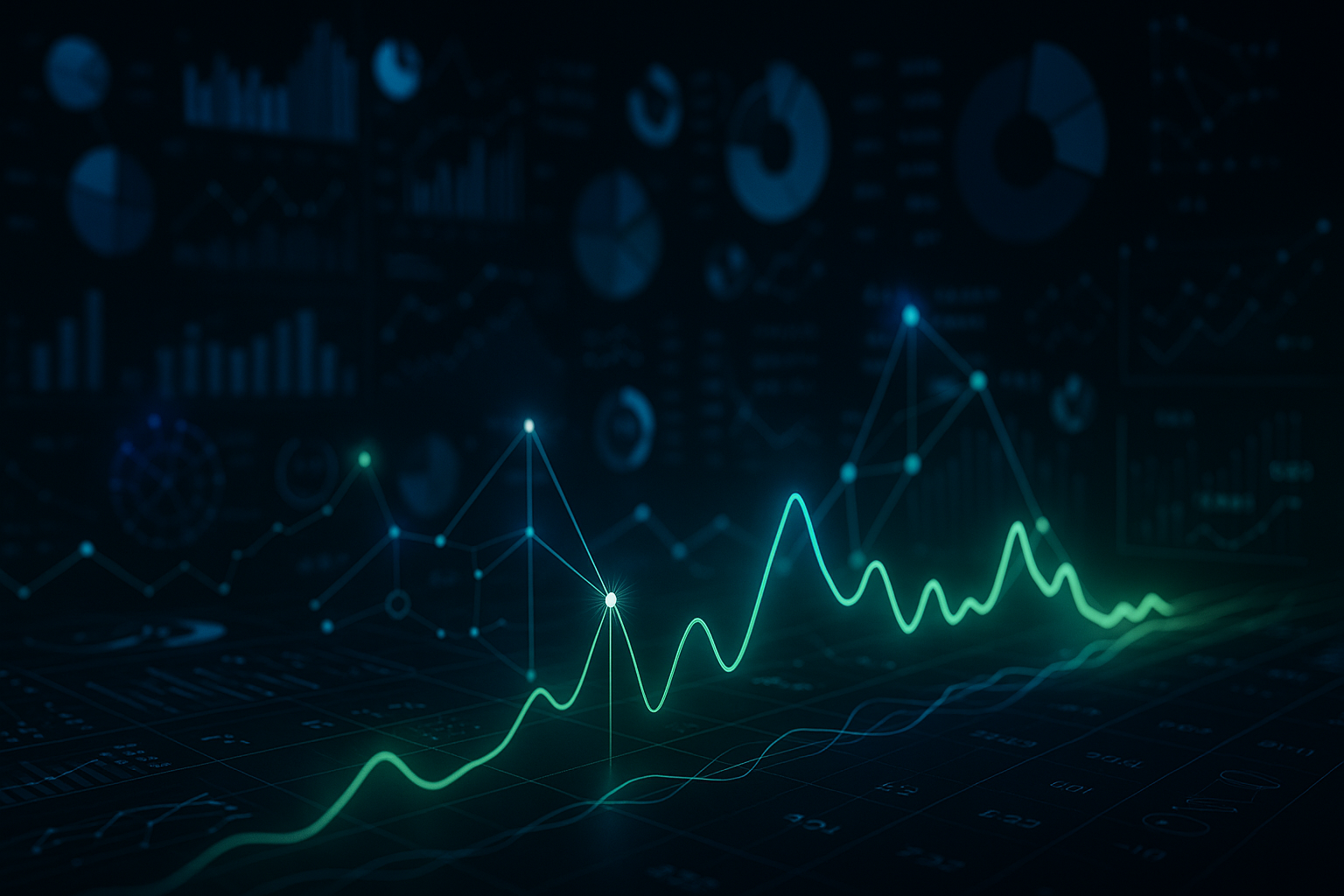Data analytics has come a long way from static dashboards and historical reporting. As businesses adapt to a rapidly changing world, the focus has shifted from describing the past to predicting the future. Predictive data analytics, powered by artificial intelligence and automation, is transforming how decisions are made — making insights faster, smarter, and more actionable.
The Evolution of Data Analytics
In the early 2000s, analytics was mostly descriptive — companies relied on dashboards and reports to understand what happened. Over time, diagnostic analytics helped explain why it happened. Now, predictive and prescriptive analytics help organizations anticipate what will happen next and what actions to take. This evolution marks the shift from hindsight to foresight.
The Rise of Predictive and Prescriptive Insights
Predictive analytics uses machine learning algorithms and statistical models to forecast future trends. Prescriptive analytics takes it further — recommending optimal actions based on data patterns. Together, they enable organizations to simulate scenarios, optimize operations, and proactively manage risks.
For example, retailers forecast demand, logistics teams optimize delivery routes, and finance analysts anticipate market shifts using AI-driven models — all in real time.
Real-Time Data and Automation
The shift toward real-time analytics redefines operations. Technologies like Apache Kafka, AWS Kinesis, and Snowflake enable organizations to process and act on information instantly. Automation ensures alerts, workflow triggers, and dashboards respond dynamically to live data patterns.
The Role of AI and Natural Language Processing
Artificial intelligence lies at the heart of predictive analytics. Machine learning models uncover hidden patterns that traditional analytics miss. Natural Language Processing (NLP) lets users query insights using everyday language. Tools like Power BI’s Copilot, Tableau GPT, and ThoughtSpot make analytics accessible to everyone.
From Dashboards to Decision Intelligence
The next era of analytics is Decision Intelligence — merging AI, analytics, and human judgment. Instead of static dashboards, organizations will rely on adaptive systems that continuously learn and optimize outcomes. Data no longer just informs — it drives business transformation.
Challenges in Predictive Analytics
Despite its potential, predictive analytics faces challenges. Data silos, lack of skills, and governance issues hinder adoption. Over-reliance on automation without human oversight can cause biased outputs. Success requires integrating technology with ethical and human-centered decision-making.
The Future of Predictive Data Analytics
The next phase of predictive analytics will be defined by automation, intelligence, and accessibility. Edge computing will enable faster local predictions, while cloud-native models ensure scalability. AI-driven automation will make insights continuous, adaptive, and business-ready.
Conclusion
The future of data analytics lies in prediction, automation, and foresight. Businesses that embrace predictive data analytics will not only understand customers better but anticipate their needs before they arise. Analytics is no longer just about data — it’s about intelligent action.

